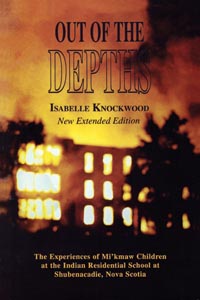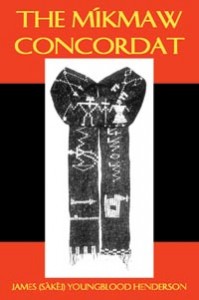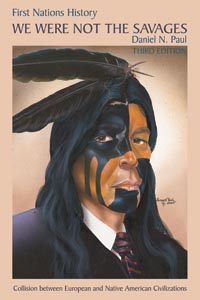This book recounts the residential schooling experience held by those who attended the school in Shubenacadie, Nova Scotia. It discusses not only the experiences, but how such experiences have shaped the Mi’Kmaq culture in present day. It is an important piece of information for any Nova Scotian for it outlines the trials and tribulations of an entire people. In addition, it also has connections to the role of present day Aboriginal youth as noted in both the Fraser River Project and March Point Trailer as an explanation of the current state of youth.
Knockwood, Isabelle . Out of the depths: The Experiences of Mi’kmaw Childrn at the Indian Residential School at Shubenacadie, Nova Scotia. Halifax: Fernwood Publishing, 2001. Print.


